The train to Titicaca
The luxurious Andean Explorer (run by the old Orient Express Company) was equipped with both an observation deck and a glass-topped pantry car, that afforded wonderful views of the high Peruvian antiplano.
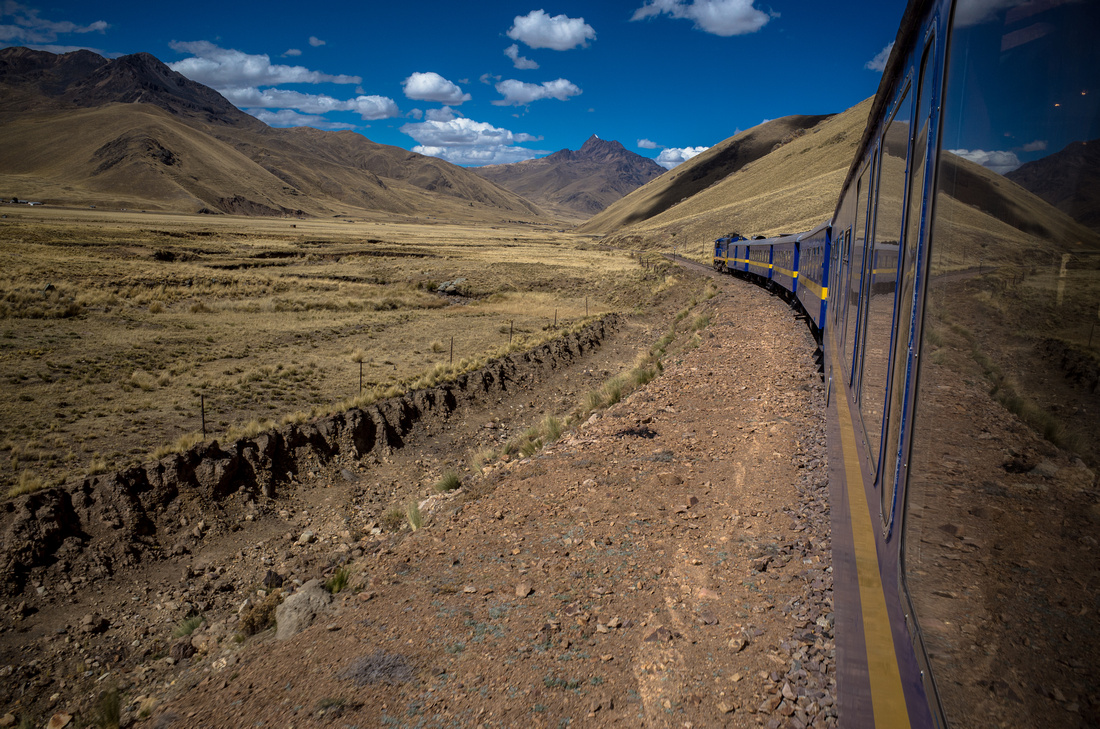

The journey began at Cusco (3400m) and ended ten hours later at Puno (3800m) on Lake Titicaca, passing its highest point (4300m) along the way. Snow only forms at 5000m and it was warm and dry despite the season. The vast plateau afforded wonderful vistas of local weather differences.
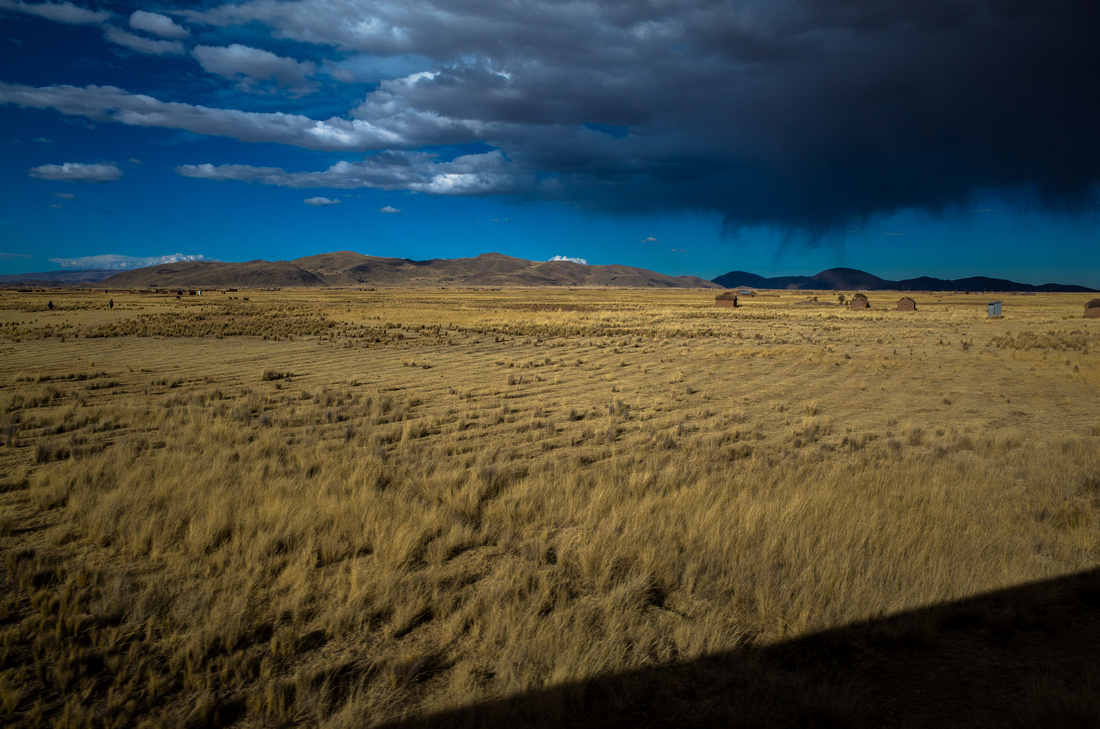

The ten hours were passed pleasurably, with Pisco Sours and some excellent Peruvian music!
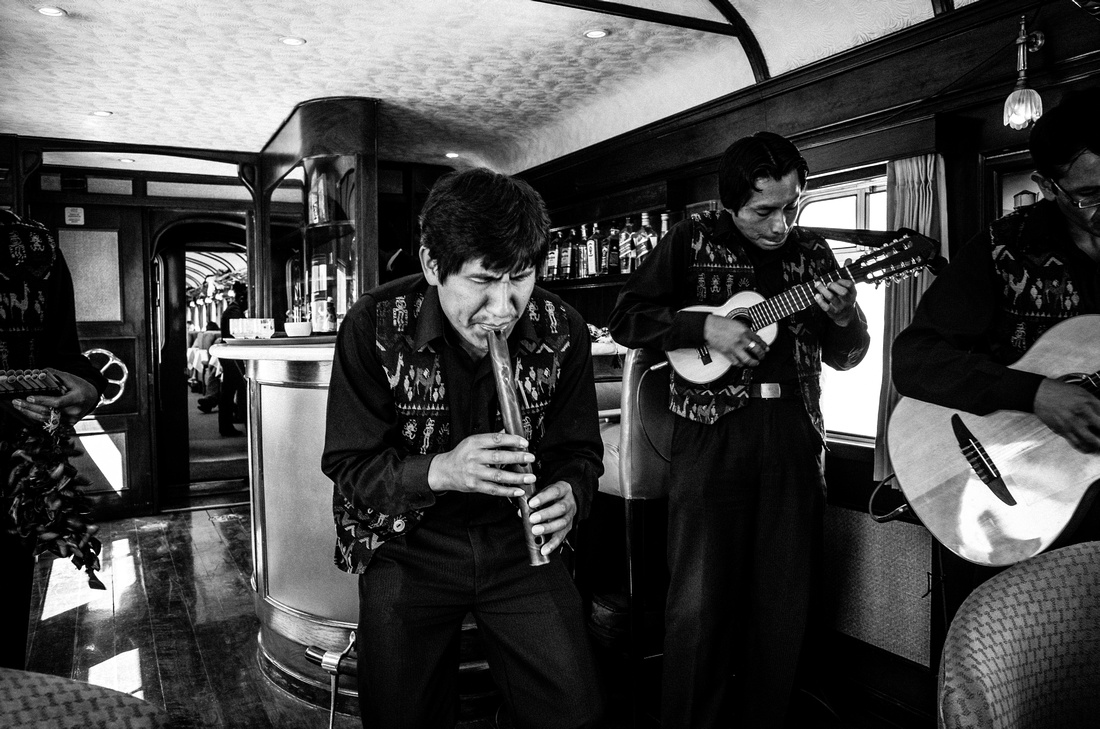

Titicaca is the highest navigable lake in the world. At this height is is certainly the largest, in addition to being South America's largest freshwater lake. It is home to many islands, both man-made and floating ... and permanent!
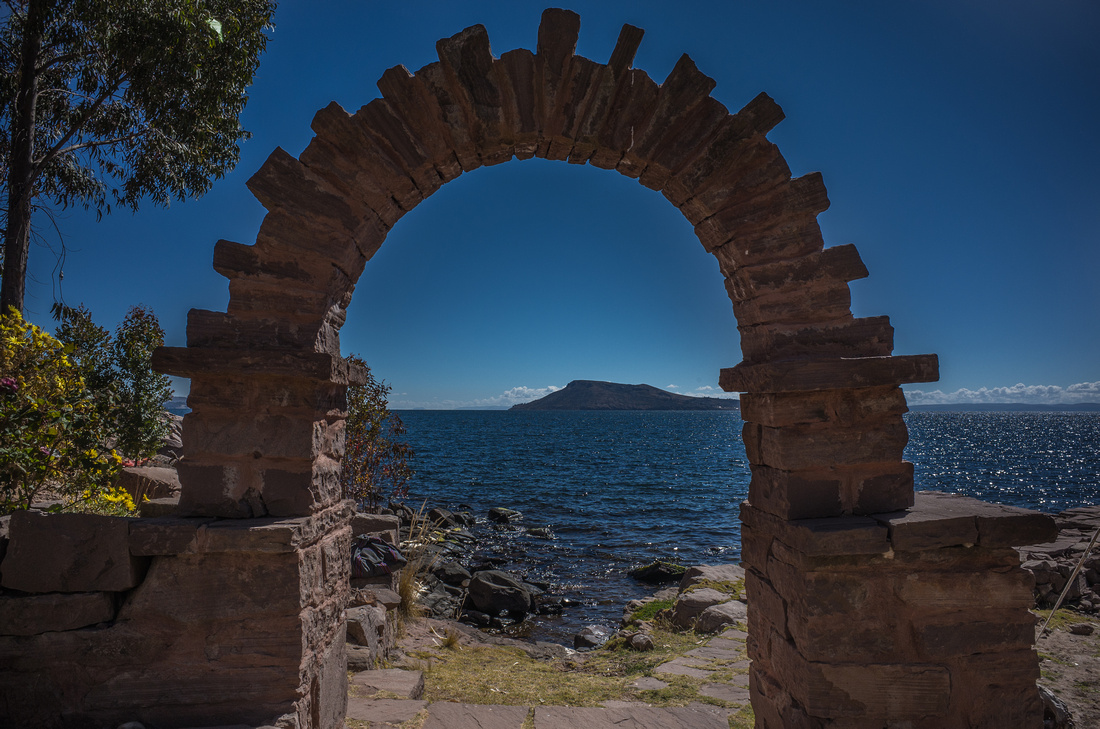

There are some 40 floating and inhabited islands (Uros) on the lake. Made entirely of reeds that are edible, there islands serve as home to small communities of people who fish, hunt and make handicrafts for a living. While it takes about a year to build an island, the standard period of occupation is typically about 10-15 years.
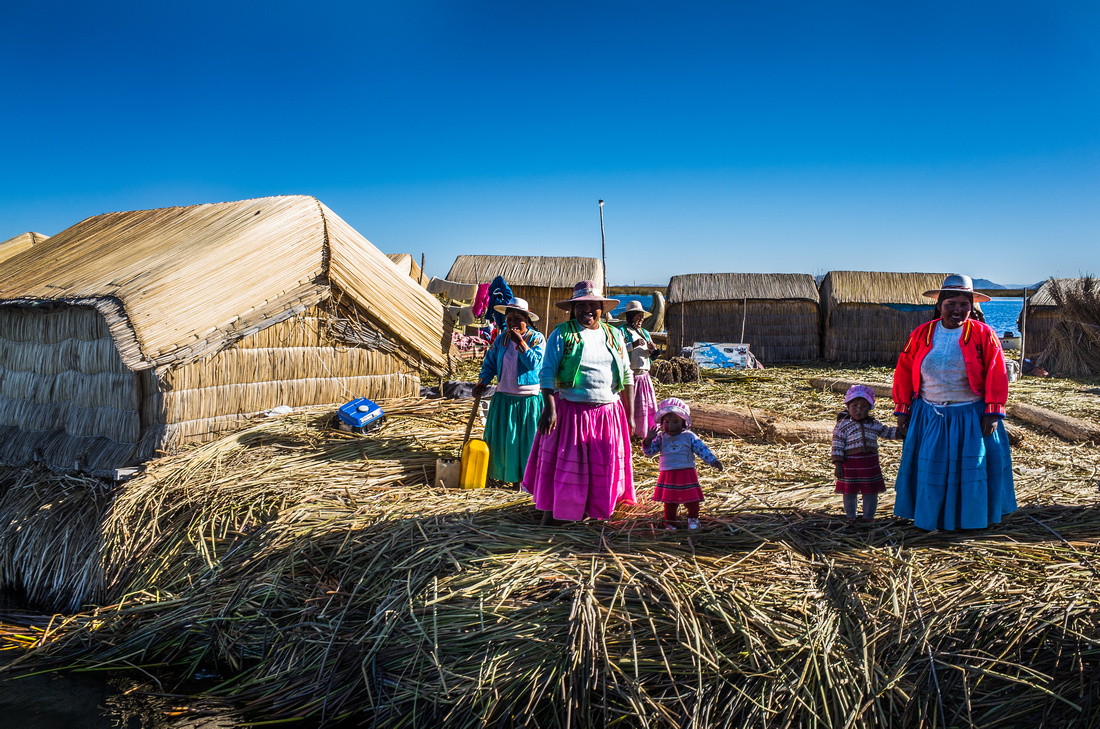

The permanent islands such as Taquile have their own local communities and councils that govern the island. Once a penal colony, the island is now famous for its knitting ...the cloth produced here is highly sought after.
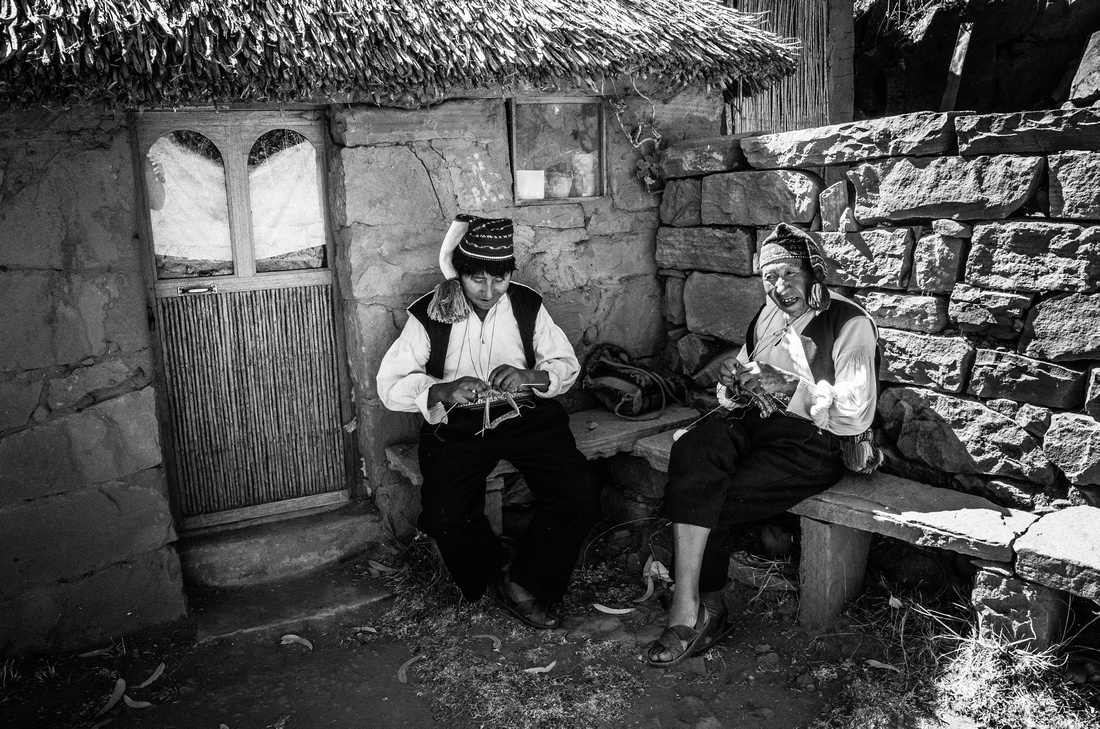

Titicaca means "Puma's Rock" in the local language and some see in its shape a tapestry in which a puma chases a rabbit in an eternal hunt. The lake is as deep as 200m in parts and is home to a large number of indigenous birds and fish, to say nothing of the prehistoric frog (fully aquatic) that dwells in its depths! While I was unable to catch a glimpse of this "pre-amphibian" there were some interesting shapes in the clear water by the shore.
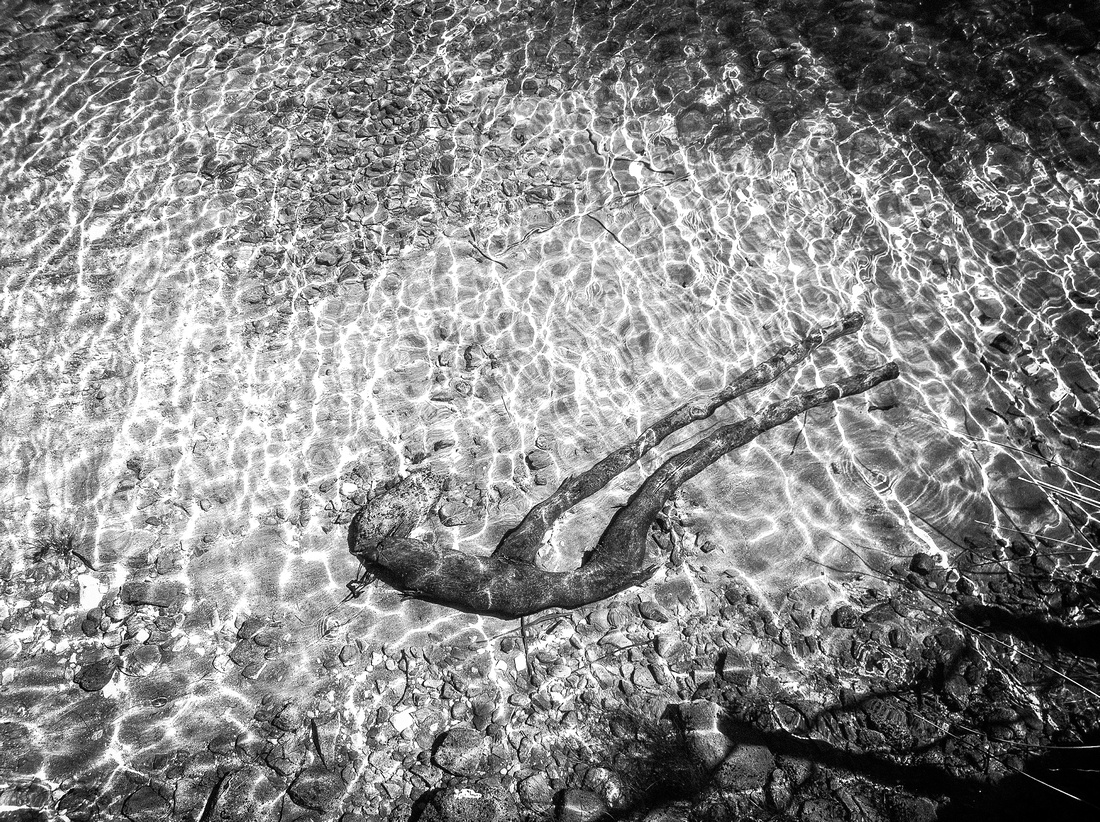

While the winter nights can get pretty nippy, the days are gloriously warm and dry. In fact, the islands remind one of nothing so much as the western reaches of the Greek isles, rocky, green and arid in turn, long and winding paths along cliffs to the water below, grazing llamas and alpacas (instead of sheep), the occasional boat in the distance and the wonderful canopy of stars at night. But the most satisfying aspects of the lake were the glorious sunsets and the sense of peace that was all pervading!
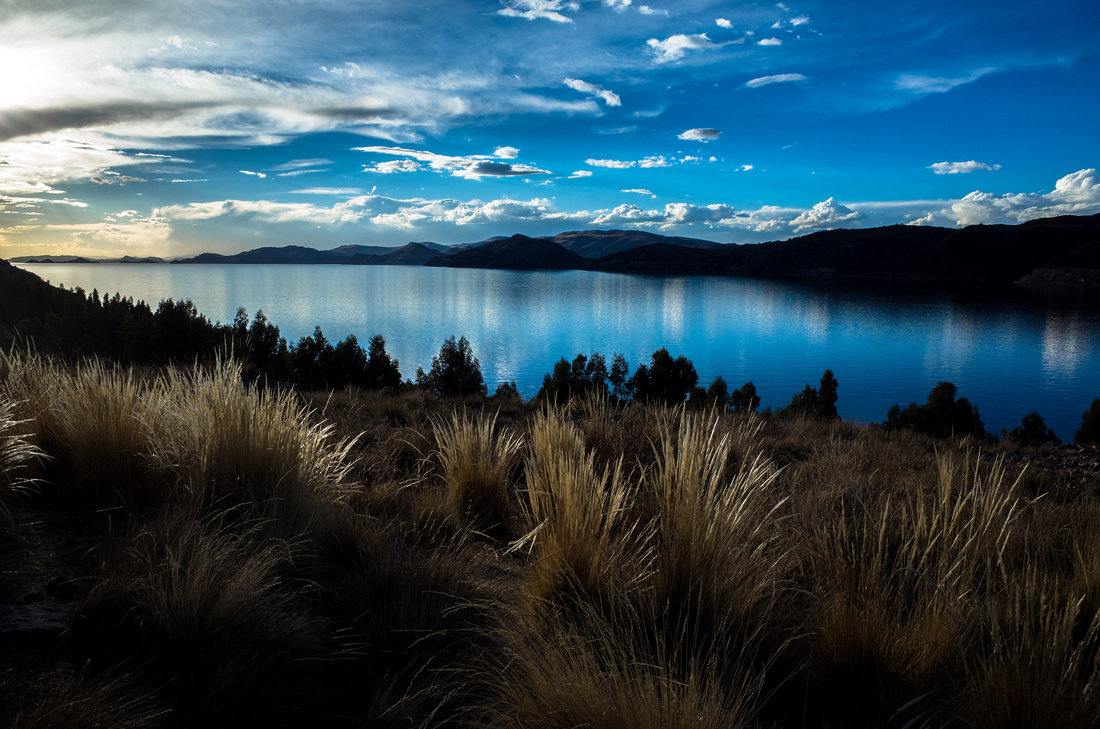

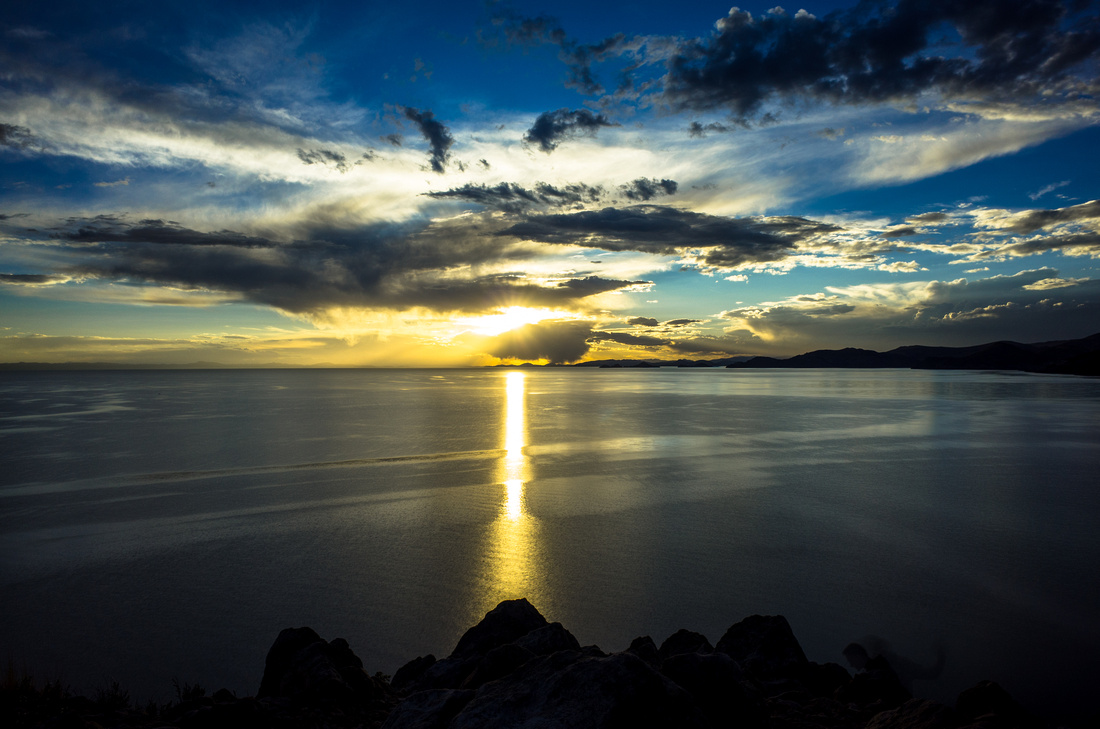

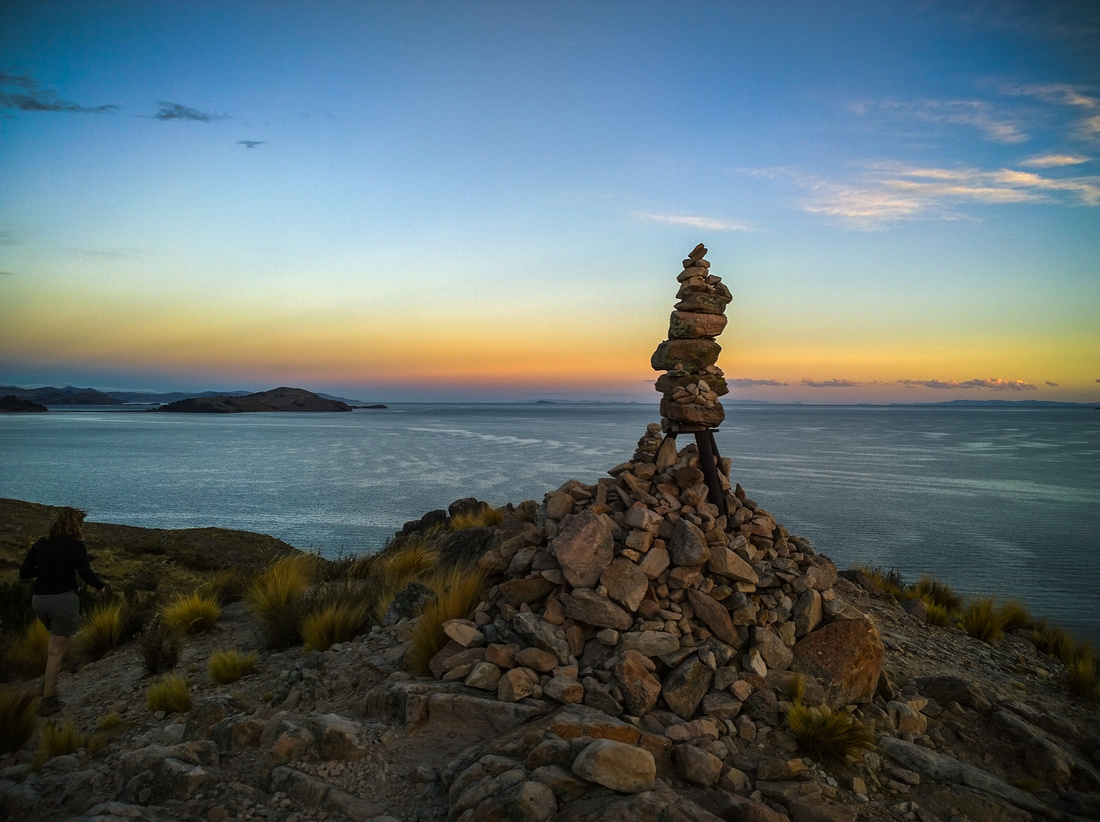

Comments
|
(2)
January (2)
(4)
February (4)
March
(6)
April (6)
(5)
May (5)
(4)
June (4)
(10)
July (10)
(7)
August (7)
(2)
September (2)
(5)
October (5)
(3)
November (3)
(1)
December (1)
|
(2)
January (2)
(2)
February (2)
March
(1)
April (1)
(2)
May (2)
June
July
August
(3)
September (3)
October
November
(2)
December (2)
|
(5)
January (5)
(4)
February (4)
(4)
March (4)
April
May
June
July
August
September
(1)
October (1)
November
December
|
January
(3)
February (3)
(1)
March (1)
(4)
April (4)
May
(1)
June (1)
(2)
July (2)
(2)
August (2)
(3)
September (3)
(1)
October (1)
November
December
|
January
(1)
February (1)
March
April
(3)
May (3)
(1)
June (1)
(1)
July (1)
August
(1)
September (1)
October
(1)
November (1)
December
|
January
February
March
April
May
(3)
June (3)
July
(2)
August (2)
September
(1)
October (1)
November
December
|
(1)
January (1)
(4)
February (4)
March
April
(1)
May (1)
June
July
(1)
August (1)
September
October
(5)
November (5)
December
|
January
February
March
April
May
June
July
August
September
October
November
December
|
January
February
March
April
May
June
July
August
September
October
November
December
|
January
February
March
April
May
June
July
August
September
October
November
December
|
January
February
March
April
May
June
July
August
September
October
November
December
|
January
February
March
April
May
June
July
August
September
October
November
December
|